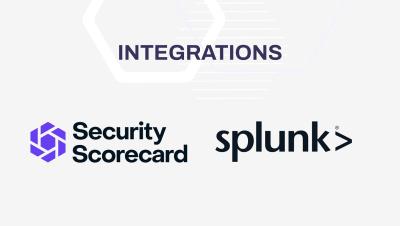Strengthening compliance and risk management with Elastic Observability: A case for India's banking sector
In navigating the complex landscape of regulatory compliance and risk management, India's banking sector faces unique challenges, particularly in meeting directives outlined by the Reserve Bank of India (RBI) and the Indian Computer Emergency Response Team (CERT-In). As organizations strive to adhere to these stringent requirements, Elastic Observability emerges as a powerful ally, offering advanced log analytics capabilities tailored to address regulatory mandates and mitigate operational risks.










